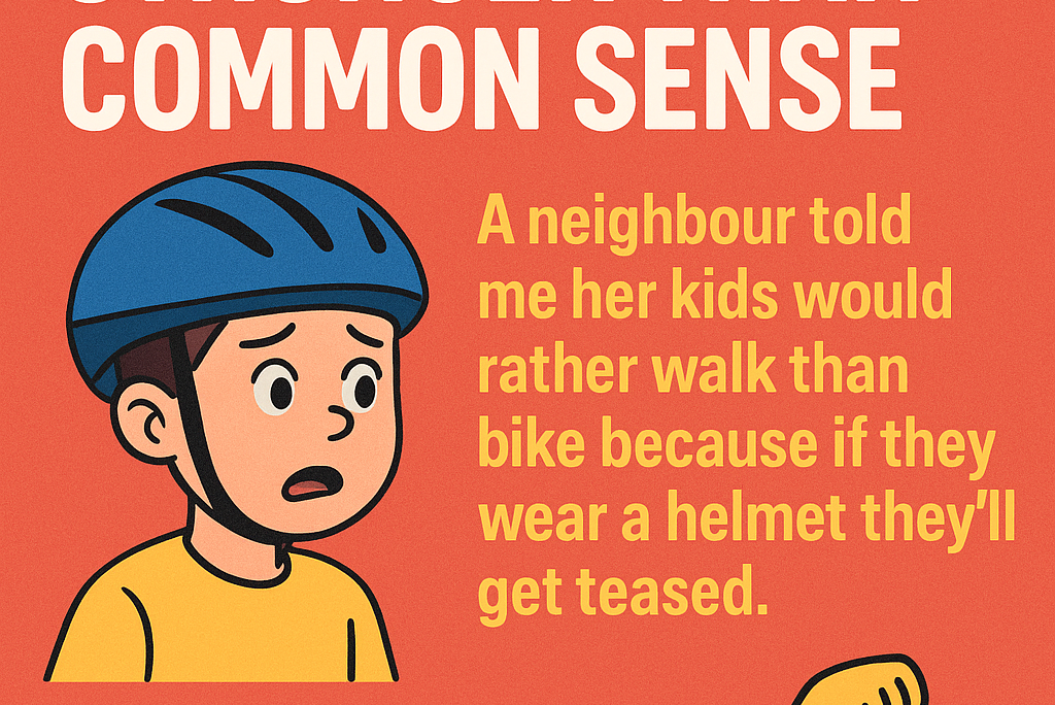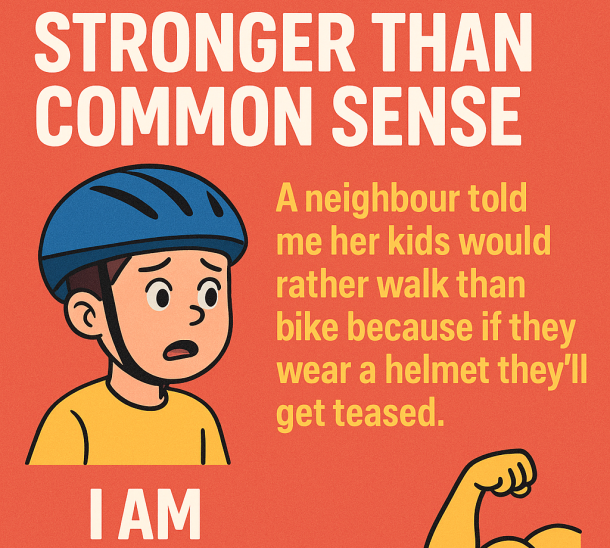Journal
The goal of “I am BrainSTRONG” is to make wearing helmets cool
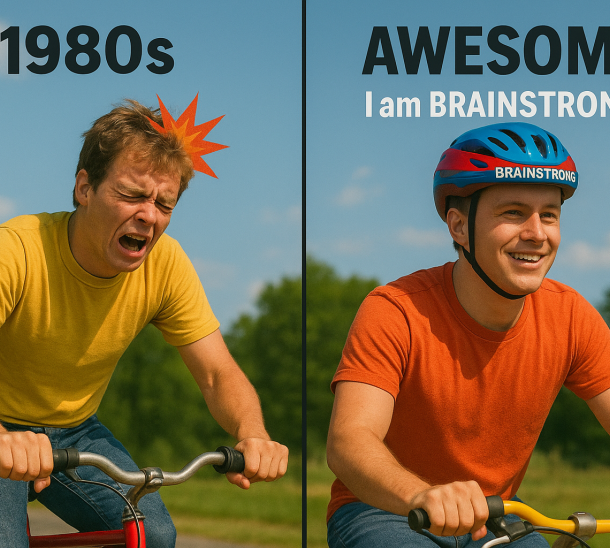
“I Am BrainSTRONG” will be a much-needed Paradigm Shift
On January 15, 2026 a press conference will be held that will mark the beginning of something powerful — changing the way people think about helmet safety. Special guests from the world of professional hockey, including some familiar NHL faces, will be joining us to help launch I Am BrainSTRONG — a program that’s all about flipping the script on helmet use. Just like the NHL did back in 1979 when they made helmets mandatory, this initiative aims to drive a culture shift. But here’s the catch: unlike hockey, there are no referees on city streets to make sure kids (or adults) wear a helmet when biking. That decision? It’s entirely up to us.
That’s why I Am BrainSTRONG will exist.
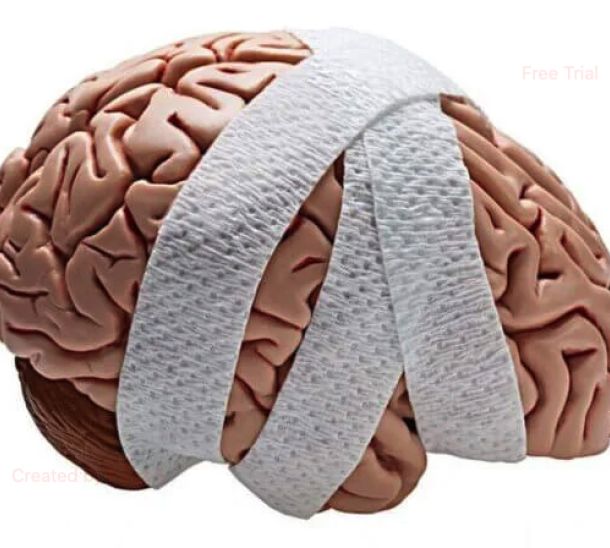
Some myths about Acquired Brain Injuries: Debunking Misconceptions Surrounding Invisible Symptoms
Acquired brain injuries (ABIs) are often misunderstood, largely due to the invisible nature of many symptoms. This lack of visibility leads to numerous myths and misconceptions, which can negatively impact those affected. In this post, we’ll debunk common myths about ABIs, shedding light on the reality of living with these often misunderstood injuries.
The Power of Social Connection in the Journey of Living with a Traumatic Brain Injury
Living with a traumatic brain injury (TBI) is an ongoing journey that profoundly impacts not just
the individual but also those around them. Among the many challenges faced by individuals with
TBI, the need for social connection often emerges as a crucial yet sometimes overlooked aspect
of recovery. The importance of this connection cannot be overstated, as it plays a vital role in
emotional, psychological, and even physical healing.

The Bike Rodeo That Rolled Right Into Awesome!
Yesterday’s Bike Rodeo was one of those events you cross your fingers for… and it turns out better than you could’ve imagined.
We’d had 23 people register in advance, which honestly had me nervous. I was quietly preparing myself for a low-key event, thinking maybe we’d end up with more hot dogs than helmets. But wow — was I ever wrong!

How can an invisible disability somehow be made visible, such that people will help them if they need it
Living with an invisible disability, such as an acquired brain injury (ABI), presents unique challenges. I’ve come to realize that, thanks to what I “learned” from Kerry Goulet, is that by changing my perspective how I see myself is that being visibly-disabled is actually not too bad. No matter where I am, or when, if I need help in pretty much any way, someone’s there. Unlike physical disabilities, invisible ones are not immediately noticeable, which can make it harder to receive the understanding or support one needs. However, there are ways to increase visibility and foster a more supportive environment.
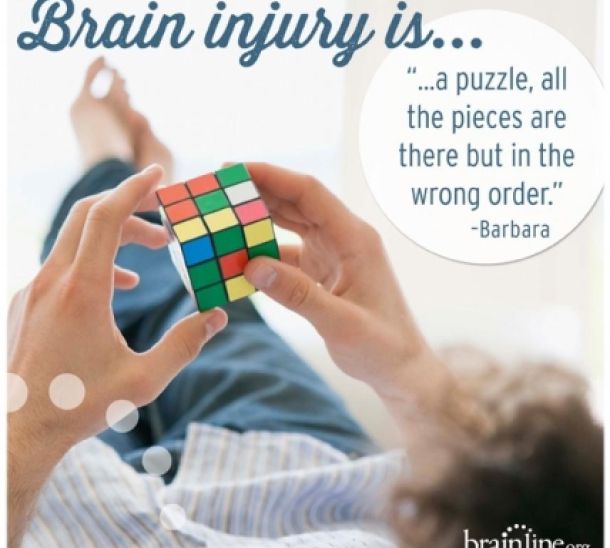
Why Some People Say the Wrong Thing After a Brain Injury—And Why That Doesn’t Mean They’re Rude
Let’s be honest—sometimes people say things that make you stop and think, “Wait, did they really just say that?” If it’s someone living with a brain injury, the words might come out a little too blunt, too fast, or just not quite what they meant. But here’s the thing: it’s not about rudeness. It’s not about being thoughtless. It’s about something deeper that most people don’t see—something called impulse control and word retrieval issues. And understanding this can change everything.
